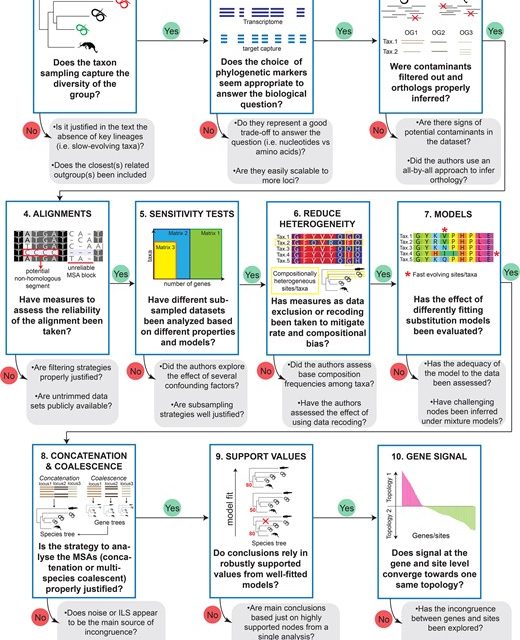We started this blog with an advent calendar for 2020 summarizing the highlights of our research year and presenting ourselves. Since we have continued that tradition.
Category: Advent calendar

Door 7: New day, new species
One of my favourite papers this year is, logically, about two of my favourite topics: taxonomy and worms. In this paper, Lavesque et al. revise the family Terebellidae sensu stricto (a part of the spaghetti worms I presented in a previous blog post) in French waters. They review […]

Fez Advent Calendar 2022: Day 6, a stocking-filler of a phylogenetic review
For the 6th day of our Journal Review Advent Calendar, I wanted to present Jesus Lozano-Fernandez’s brilliant “A Practical Guide to Design and Assess a Phylogenetic Study”. I think reviews like this are really important – whether you’re trying to grasp a new kind of analysis for research, […]

Door 5: Immunity Genes Related to the Black Death
Published in October, startling results of natural selection in humans indicates certain immunity genes may have helped people survive the Black Death of the 1346-1350. Caused by the bacterium Yersinia pestis, bubonic plague has swept across the globe (as pandemics) numerous times over the centuries, resulting in untold […]

Door 4: Do you like floods?
When floods are mentioned, what first comes to mind is a disastrous catastrophe wrecking houses, devastating crops and, occasionally, even costing human lives. Yet, what may be a bad news for an average human could be a strike of luck for a beetle collector. Imagine flood water covering […]

Door 3: How stable can a genome be?
The answer to this question may lay in the paper I am presenting today and at some level genomes seem to be very stable. It was probably one of the most discussed papers at the museum this year. It was the topic of several journal clubs and shows […]

Door 2: Can distinction lead to extinction in birds?
Although I am working almost exclusively with marine invertebrates, one of my favourite papers this year was about birds. Hughes et al. (2022) set a quite ambitious goal: to test whether the loss of species threatened with extinction could lead to morphological and phylogenetic homogenization across the entire […]

Door 1: The origin of animals and fungi
Although frequently neglected, animals and fungi share a close evolutionary relationship. Despite the huge differences in morphology, ecology, life history and behaviour they represent the two major lineages within Opisthokonta, a clade that was earlier referred to as the “Fungi/Metazoa group” in the Tree of Life. You may […]

The FEZ Advent Calendar 2022
By now it is already a good tradition for the FEZ group at the Natural History Museum Oslo to provide in December an advent calendar blog. In previous years, the focus was on our own research and scientific output. This year we thought to take a different approach. […]

International Seasons Greetings
Christmas is just around the corner, so it’s time to open the last door of our advent calendar. We hope you enjoyed this year’s wrap up. 2021 was a demanding year, but quite successful for our group, so we still have a lot to celebrate! We wish all […]

Catching up! Door 22 – Progresses and challenges during 2021
Everyone has missed a day of ticking off advent as some point! Making today a two-for-one post day! Enjoy! By Alberto Valero-Gracia This year has been a bit peculiar for most of us. However, as with most of our colleagues at the NHM, the FEZ group has always […]